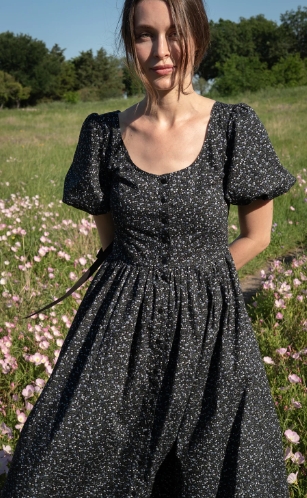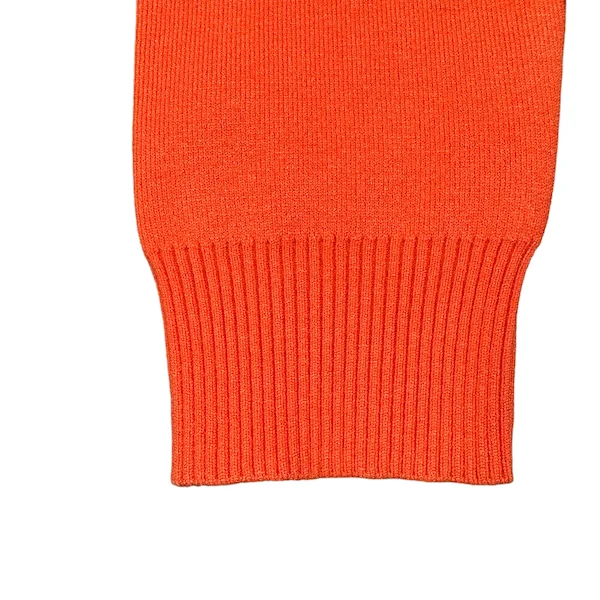The Art of Elegance: A Comprehensive Guide to Ladies Fashion Dress Names
2 min read
In the world of fashion, the language is as diverse and intricate as the designs themselves. For the uninitiated, the myriad of ladies fashion dress names can be overwhelming. However, understanding these terms is crucial for anyone who wants to navigate the fashion world with confidence and style. This article aims to provide a comprehensive guide to ladies fashion dress names, offering insights into their history, design elements, and how they have evolved over time.
- The Classic A-Line Dress
The A-line dress, named for its A-shaped silhouette, is a timeless piece in women's fashion. It is characterized by a fitted top and a flared skirt, creating a flattering silhouette that suits various body types. The A-line dress has been a staple in women's wardrobes since Christian Dior introduced it in his Spring 1955 collection.
- The Elegant Ball Gown
The ball gown, synonymous with fairy-tale princesses, is a formal dress typically worn to balls or other grand events. It features a fitted bodice and a full skirt that can be made from luxurious fabrics like silk, satin, or tulle. The ball gown has a rich history, dating back to the 18th century when it was a popular choice for courtly functions.
- The Versatile Wrap Dress
The wrap dress, invented by Diane von Furstenberg in the 1970s, is a dress with a front closure formed by wrapping one side across the other and knotting the attached ties. It is a versatile piece that can be dressed up or down, making it a favorite among women of all ages.
- The Chic Sheath Dress
The sheath dress, also known as a column dress, is a form-fitting style that follows the body's natural line. It is typically knee-length and often has a high neckline and no waistline. The sheath dress became popular in the 1960s, thanks to fashion icons like Audrey Hepburn and Jackie Kennedy.
- The Flirty Cocktail Dress
The cocktail dress is a semi-formal dress suitable for cocktail parties and other similar occasions. It is shorter than a formal evening gown but more elaborate and sophisticated than an ordinary day dress. The term was first used by Christian Dior in the late 1940s.
Understanding these ladies fashion dress names not only enhances your fashion vocabulary but also helps you make informed decisions when shopping or styling outfits. Whether you're a fashion enthusiast, a stylist, or someone who simply enjoys dressing up, this knowledge can elevate your fashion game.
In conclusion, fashion is a language that communicates individuality, culture, and era. By understanding the names and characteristics of different dress styles, we can appreciate the artistry and craftsmanship behind each piece and express ourselves more eloquently through our style choices.



